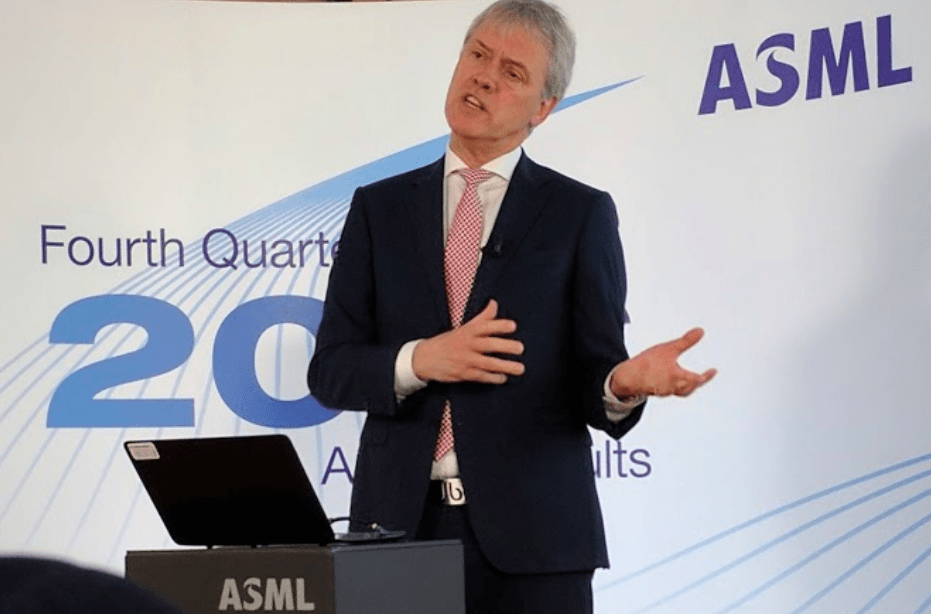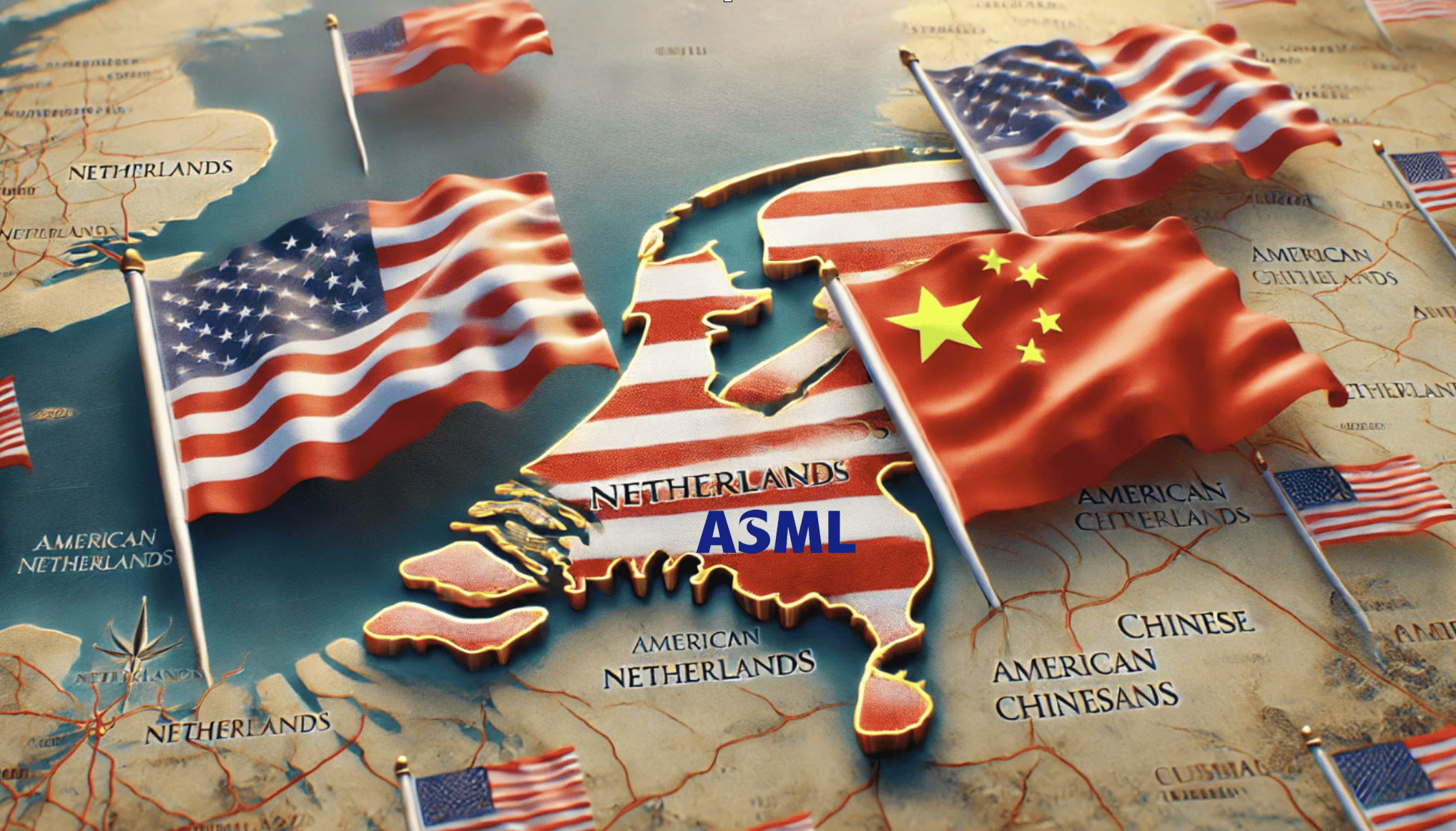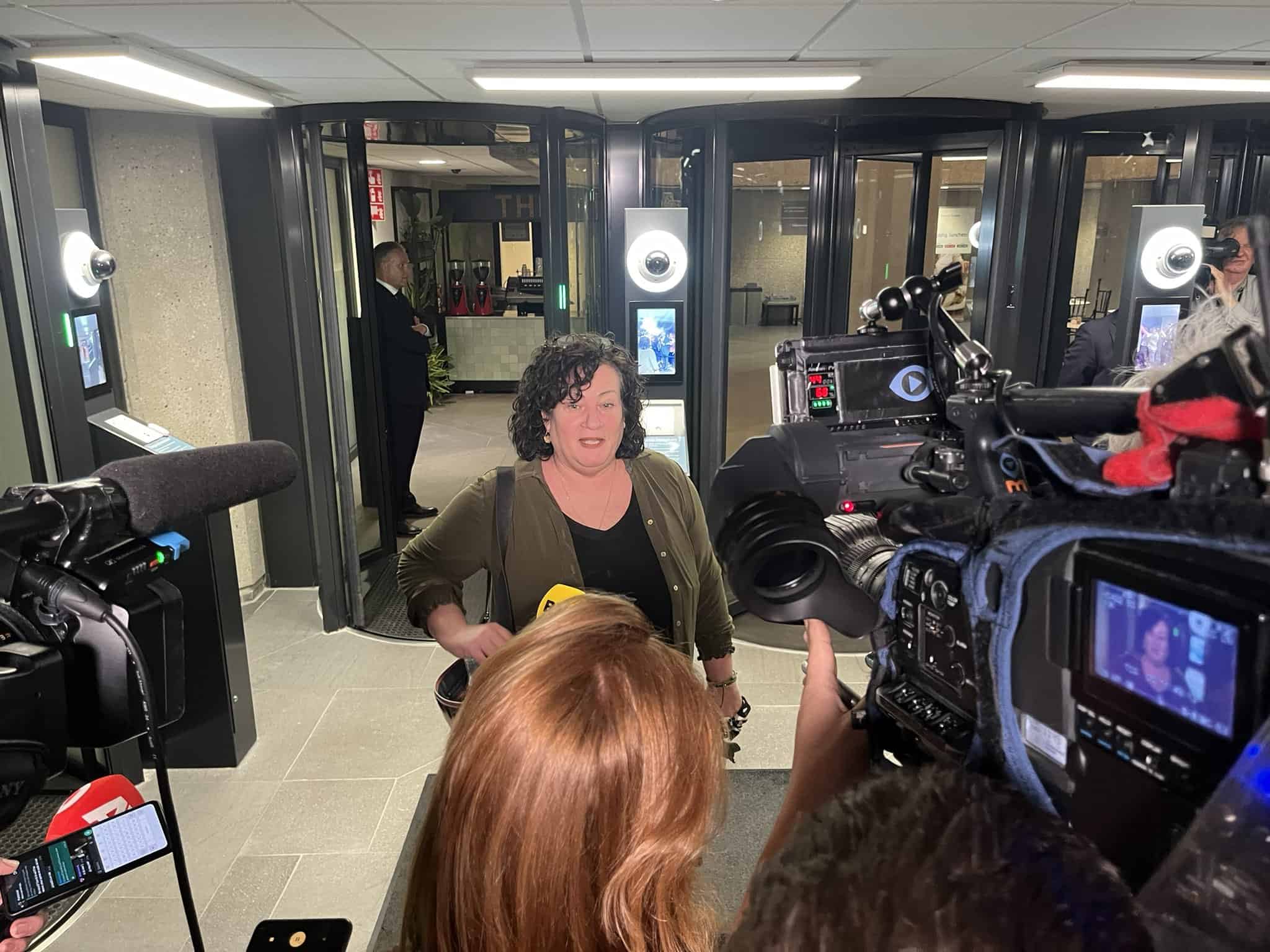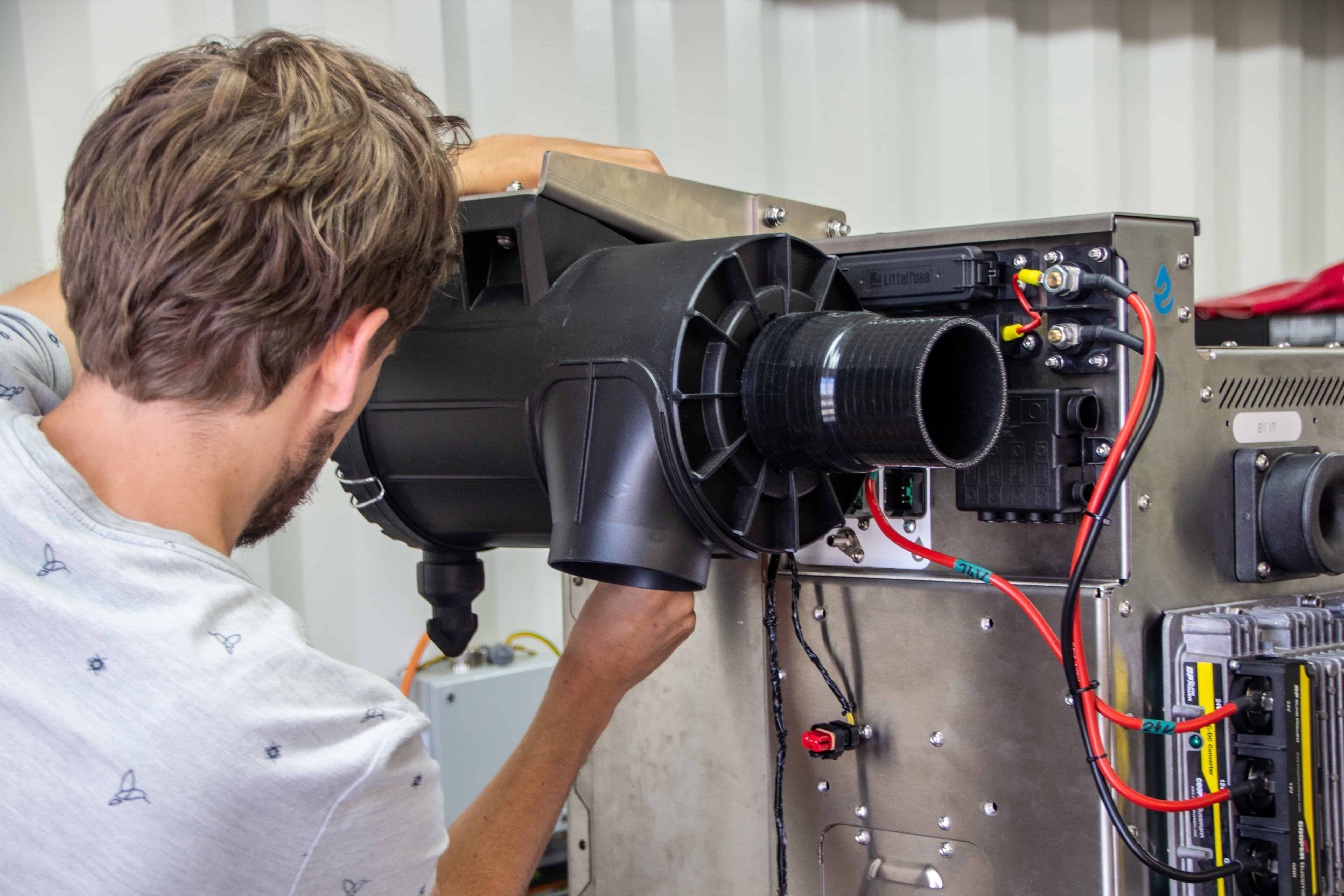
With a turnover of almost 6.8 billion euros, ASML has put down a record in 2016. Net income amounted to nearly one and a half billion. The last quarter of the year contributed with a turnover of 1.9 billion euros (about 150 million more than expected, a gross margin of more than 47%) considerably to this. The margin over 2016 amounted to 44.8%, slightly less than in 2015. This is related to the impact of the acquisition of HMI. Due to the good results, the dividend rises: shareholders will receive € 1.20 per share.
In the last quarter six new orders for Extreme Ultraviolet (EUV) machines could be written down, ASML’s solution for the next years. The total number of EUV orders now is 18, a total value of about two billion. The EUV orders make up for about half of the total order book.
For the first quarter of 2017, ASML expects to have around 1.8 billion in revenues.
For CEO Peter Wennink, 2016 has been a remarkable year on many fronts. “We delivered record financial performance, with contributions from each of our wide range of product offerings, notably Deep Ultraviolet (DUV) and Holistic Lithography. It was also the year when the industry turned the corner on the introduction of EUV. We laid the foundation for further expansion of our pattern fidelity strategy with the acquisition of Hermes Microvision Inc. We strengthened our partnership with Zeiss by agreeing to acquire a minority stake in Carl Zeiss SMT to secure the extension of EUV beyond the next decade. All of this has further anchored our leadership position in the semiconductor equipment market,” ASML President and Chief Executive Officer Peter Wennink said.
Regarding EUV, ASML executed on the customer-aligned productivity and availability targets, Wennink says. “Which gave customers the confidence to place a significant number of orders, leading to an EUV backlog of about EUR 2 billion. These orders show that they are committed to take EUV into production, and we expect that the first customers will start volume manufacturing with EUV at the 7 nanometer logic node and the mid-10 nanometer DRAM node. We are now moving to the next phase of EUV industrialization. We remain committed to deliver the performance requirements for customer volume manufacturing, while continuing to build up our manufacturing, supply chain and service capabilities.”








